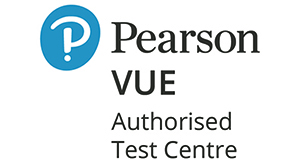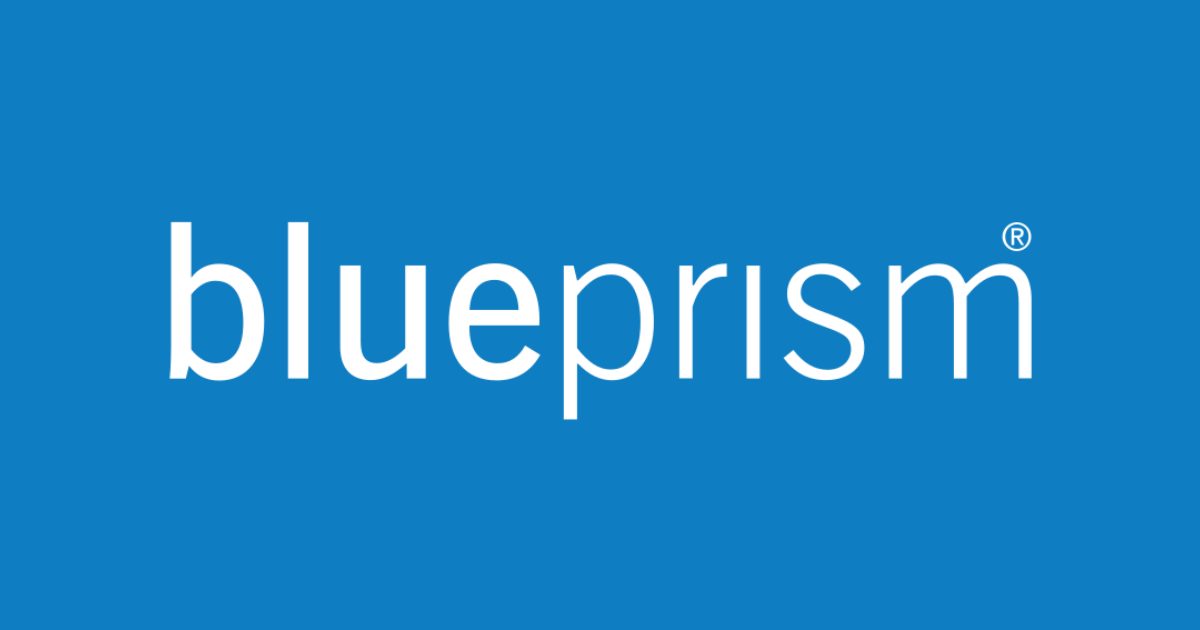301B: BIG-IP LTM Specialist: Maintain and Troubleshoot Course
301B: BIG-IP LTM Specialist: Maintain and Troubleshoot Training
The 301B BIG-IP LTM Specialist: Maintain and Troubleshoot is the second exam to gain the F5 Big-IP LTM Certified Technical Specialist certification.
During the certification training course, participants will learn LTM configuration, LTM devices, LTM environment, the functionality of a simple iRule. By doing this course people will gain knowledge about the benefits of custom alerting within an LTM environment, LTM device misconfiguration, determine the root cause of an HTTP/HTTPS application problem and solution to an HTTP/HTTPS application problem.
Achieving the F5-CTS, BIG-IP LTM certification is a prerequisite for both the Cloud and Security Solutions Expert certification tracks.
Valid F5-CA, BIG-IP Certification
Candidates can achieve this certification by passing the following exam.
- 301B–BIG-IP LTM Specialist: Maintain and Troubleshoot
Logitrain F5 301B–BIG-IP LTM Specialist: Maintain and Troubleshoot course material
- Given a scenario, determine the appropriate profile setting modifications.
- Given a sub-set of an LTM configuration, determine which objects to remove or consolidate to simplify the LTM configuration
- Given a set of LTM device statistics, determine which objects to remove or consolidate to simplify the LTM configuration
- Given a scenario, determine the appropriate upgrade and recovery steps required to restore functionality to LTM devices
- Given a scenario, determine the appropriate upgrade steps required to minimize application outages
- Describe the benefits of custom alerting within an LTM environment
- Describe how to set up custom alerting for an LTM device
- Determine which iRule to use to resolve an application issue
- Explain the functionality of a simple iRule
- Given specific traffic and configuration containing a simple iRule determine the result of the iRule on the traffic
- Interpret AVR information to identify performance issues or application attacks
- Interpret AVR information to identify LTM device misconfiguration
- Given a set of headers or traces, determine the root cause of an HTTP/HTTPS application problem
- Given a set of headers or traces, determine a solution to an HTTP/HTTPS application problem
- Given a direct trace, a trace through the LTM device, and other relevant information, compare the traces to determine the root cause of an HTTP/HTTPS application problem
- Given a direct trace, a trace through the LTM device, and other relevant information, compare the traces to determine a solution to an HTTP/HTTPS application problem
- Given a scenario, determine which protocol analyzer tool and its options are required to resolve an application issue
- Given a trace and necessary supporting documentation, determine the root cause of an application problem
- Given a trace and necessary supporting documentation, determine a solution to an application problem
- Given a scenario, determine from where the protocol analyzer data should be collected
- Given a trace, identify monitor issues
- Given a monitor issue, determine an appropriate solution
- Interpret log file messages and/or command line output to identify LTM device issues
- Identify the appropriate command to use to determine the cause of an LTM device problem
- Analyze performance data to identify a resource problem on an LTM device
- Given a scenario, determine the cause of an LTM device failover
- Given a scenario, determine the cause of loss of high availability and/or sync failure
This course is likely to add to the employment-related skills of the participants. The skills developed are likely to be used in the course of being an employee or working in a business.
- Network Engineers
- Cybersecurity Engineers
- Sales Engineers
- Network Administrators
- IT professionals interested in F5 certifications
- Given a scenario of client or server-side buffer issues, packet loss, or congestion, select the appropriate TCP or UDP profile to correct the issue.
- Given a scenario determine when an application would benefit from HTTP Compression and/or Web Acceleration profile
- Evaluate which iRules can be replaced with a profile or policy setting
- Evaluate which host virtual servers would be better consolidated into a network virtual server
- Identify redundant and/or unused objects
- Identify unnecessary monitoring
- Interpret configuration and performance statistics
- Explain the effect of removing functions from the LTM device configuration
- Identify the appropriate methods for a clean install
- Identify the TMSH sys software install options required to install a new version
- Identify the steps required to upgrade the LTM device such as: license renewal, validation of upgrade path,review release notes, etc.
- Identify how to copy a config to a previously installed boot location/slot
- Identify valid rollback steps for a given upgrade scenario
- Explain how to upgrade an LTM device from the GUI
- Describe the effect of performing an upgrade in an environment with device groups and traffic groups
- Explain how to perform an upgrade in a high availability group
- Describe how to specify the OIDs for alerting
- Explain how to log different levels of local traffic message logs
- Explain how to trigger custom alerts for testing purposes
- List and describe custom alerts: SNMP, email and Remote Syslog
- Identify the location of custom alert configuration files
- Identify the available levels for local traffic logging
- Determine which iRule events and commands to use
- Given a specific iRule event determine what commands are available
- Interpret information in iRule logs to determine the iRule and iRule events where they occurred
- Describe the results of iRule errors
- Use an iRule to resolve application issues related to traffic steering and/or application data
- Explain how to modify profile settings using information from the AVR
- Explain how to use advanced filters to narrow output data from AVR
- Identify potential latency increases within an application
- Explain how to use AVR to trace application traffic
- Explain how latency trends identify application tier bottlenecks
- Explain how to interpret response codes
- Explain the function of HTTP headers within different HTTP applications (Cookies, Cache Control, Vary, Content Type & Host)
- Explain HTTP methods (GET, POST, etc.)
- Explain how to decode POST data
- Investigate the cause of a specific response code
- Investigate the cause of an SSLHandshake failure
- Predict the browser caching behavior when application data is received (headers and HTML)
- Given a failed HTTP request and LTM configuration data determine if the connection is failing due to the LTM configuration
- Investigate the cause of an SSLHandshake failure
- Given a failed HTTP request and LTM configuration data determine if the connection is failing due to the LTM configuration
- Identify application issues based on a protocol analyzer trace
- Explain how to follow a conversation from client side and server-side traces
- Explain how SNAT and OneConnect effect protocol analyzer traces
- Explain how to decrypt SSL traffic for protocol analysis
- Explain how to recognize the different causes of slow traffic (e.g., drops, RSTs, retransmits, ICMP errors, demotion from CMP)
- Analyze a tcpdump to identify application or configuration problems.
- Analyze a tcpdump to identify application or configuration problems.
- Explain how to decrypt SSL traffic for protocol analysis
- Explain how to recognize the different causes of slow traffic (e.g., drops, RSTs, retransmits, ICMP errors, demotion from CMP)
- Chose the appropriate protocol analyzer for troubleshooting a given problem (e.g., Wireshark, tcpdump, ssldump)
- Identify application issues based on a protocol analyzer trace
- Explain how SNAT and OneConnect effect protocol analyzer traces
- Explain how to capture and interpret monitor traffic using protocol analyzer
- Explain how to obtain needed input and output data to create the monitors
- Determine appropriate monitor and monitor timing based on application and server limitations
- Describe how to modify monitor settings to resolve monitor problems
- Interpret log file messages to identify LTM device issues
- Interpret the qkview heuristic results
- Identify appropriate methods to troubleshoot NTP
- Identify license problems based on the log file messages and statistics
- Identify hardware problems based on the log file messages and statistics
- Identify resource exhaustion problems based on the log file messages and statistics
- Identify connectivity problems based on the log files
- Determine the appropriate log file to examine to determine the cause of the problem
- Analyze performance data to identify a resource problem on an LTM device
- Explain the effect of network failover settings on the LTM device
- Explain the relationship between serial and network failover
- Differentiate between unicast and multicast network failover modes
- Identify the cause of failover using logs and statistics
- Explain how the high availability concepts relate to one another
- Explain the relationship between device trust and device groups
- Identify the cause of config sync failures
- Explain the relationship between traffic groups and LTM objects
- Interpret log messages to determine the cause of high availability issues

Get a Certificate of Attendance to prove your commitment to learning

We provide personalised learning experience for every student

Course material in digital format is included for flexibility and ease of use

Mock test is included in the full-time courses to assist with your preparation

Our trainers are highly skilled with expertise and extensive hands-on experience

Relax, we will beat competitor’s advertised price in Australia. Our course has no extra costs
| Location | Type | Duration | Price | Dates | |
|---|---|---|---|---|---|
| Location | Type | Duration | Price | Dates |
The supply of this course/package/program is governed by our terms and conditions. Please read them carefully before enrolling, as enrolment is conditional on acceptance of these terms and conditions. Proposed dates are given, courses run subject to availability and minimum registrations.
Find out why we are the leading choice to help boost your career in Australia
| Approachable and knowledgeable; comfortable surroundings. Logitrain does make IT training easier |
I recently followed the ITIL Foundation course at Logitrain. The training, materials and facilities were excellent and I would not hesitate to train with Logitrain again.
Thanks for a great week! Really enjoyed and feel I picked up a lot. Great Trainer! Will definitely look at further studies here.
Well-presented and able to convey immense knowledge to class. All queries were responded to promptly.
Excellent teaching method, easy to understand.
Logitrain provided a valuable insight into ITIL and enabled me to excel and advance my knowledge through a simple and well organised series of sessions.
Great place to study for certification, knowledgeable persons, excellent customer service. Ready to answer queries on the spot, very helpful.
The trainer was very patient and gave everybody the opportunity to participate.
The trainer explained everything very well. Logitrain was very helpful for me in getting a better overall understanding of CCNA. I previously had studied it 2 years earlier but required revision
Over 1000 organisations have relied on Logitrain to be their trusted training partner.

Don’t Wait. Please fill the form now.





































































